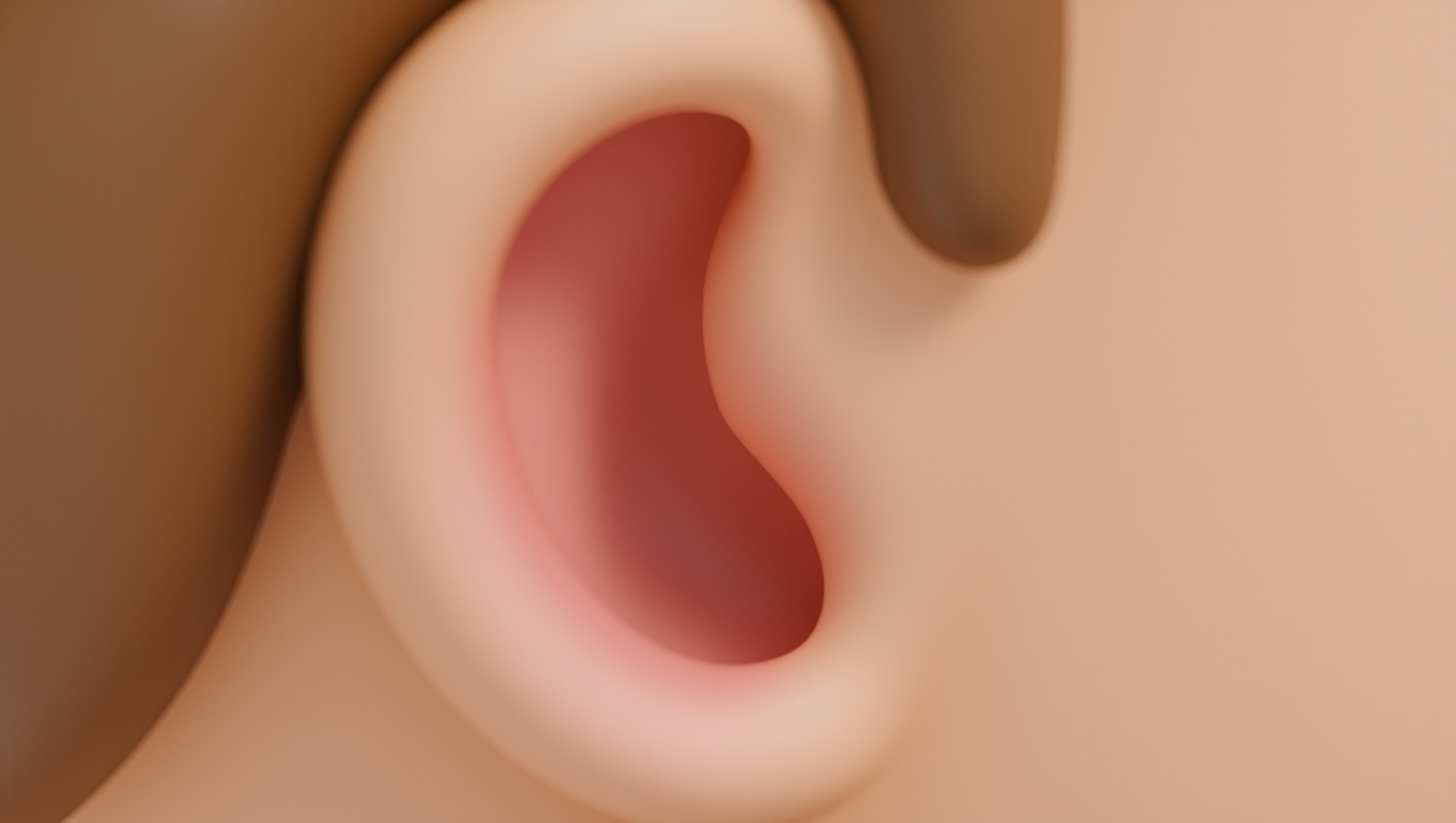What Is a Small Ear Canal?
A small ear canal refers to a condition where the passage connecting the outer ear to the eardrum is narrower or smaller than the average size. This passage, known as the ear canal, is a crucial part of the hearing process because it directs sound waves inward toward the eardrum, which then transmits these vibrations to the middle and inner ear. While having a small ear canal is often a normal variation with no significant problems, in some cases it can present unique challenges that affect hearing, ear hygiene, and overall ear health.
To visualize it better, think of the ear canal as a tube guiding sounds like water flowing through a pipe. If the pipe is narrower, less water or sound can flow through comfortably, which sometimes can cause discomfort or hearing issues.
What Causes a Small Ear Canal?
There are several important reasons why someone might have a smaller-than-average ear canal, including:
- Natural anatomy: Just like people have different face shapes or heights, ear canal size can vary widely between individuals. Genetics plays a major role in determining the shape and diameter of the ear canal. For some, a narrower canal is simply part of their unique anatomy.
- Age: Ear canals are generally smaller in children and can grow wider as they mature. This is why small ear canals are common in infants and young kids and usually improve naturally over time.
- Infections or swelling: Temporarily, conditions such as ear infections, allergies, or skin irritation can cause the tissues inside the ear canal to swell. This inflammation reduces the space inside the canal, making it feel smaller until the swelling subsides.
- Growths or blockages: Occasionally, benign structures such as bone spurs or cysts can develop inside the ear canal. Additionally, excessive buildup of earwax (cerumen) can physically reduce the size of the passage, sometimes resulting in discomfort or hearing problems.
Note: This information is for educational purposes only.
When Should You See a Doctor?
If you or your child has a small ear canal, it does not always require medical attention. However, certain symptoms warrant a consultation with a healthcare provider. Consider making an appointment if you experience any of the following:
- Persistent ear pain or discomfort that does not improve with home care
- Hearing difficulties that interfere with work, school, or other daily activities
- Recurrent ear infections or continuous ear drainage, which might indicate an underlying issue
- A constant sensation of fullness, blockage, or pressure inside the ear
- Difficulty wearing ear devices comfortably, such as hearing aids, earplugs, or headphones
A healthcare professional can evaluate the situation through a physical exam and possibly imaging, determine the cause of symptoms, and discuss appropriate treatment or management options. For example, they might recommend specialized ear drops, earwax removal, or alternative hearing aids designed for smaller canals.
Early evaluation is important for preventing complications and ensuring hearing is protected, especially for children with narrow ear canals.
How Can a Small Ear Canal Affect Daily Life?
In many cases, people with small ear canals live their lives without significant issues. However, the narrower space can impact certain everyday experiences, especially if combined with earwax buildup or infections. Common areas affected include:
- Work: Individuals with small ear canals might struggle to hear important sounds clearly, especially in noisy workplace environments. For example, phone conversations or voice commands could become more challenging. This can lead to missed information or frustration.
- Socializing: Hearing well in social gatherings or crowded places can be difficult when the ear canal is narrow. Background noise tends to overpower softer voices, making conversations tiring and less engaging.
- Using ear devices: People with small ear canals often find it tricky to use earphones, hearing aids, or earplugs comfortably. Standard devices may feel tight or cause irritation. Custom molds or specially designed gadgets are sometimes required for a better fit and comfort.
- Ear care: Those with smaller canals may experience increased sensitivity during routine ear care. Procedures like ear cleaning or ear exams might require extra care and gentle techniques to avoid pain or damage.
Understanding these effects helps individuals anticipate challenges and find practical solutions, such as choosing suitable hearing aids or practicing safe ear care routines.
Relevant Data About Small Ear Canals
- Studies highlight that ear canal size varies widely across the population. Research suggests that up to 15% of people have notably smaller ear canals compared to the general average, making this a relatively common variation.
- Narrow ear canals are more frequently found in children, and the canal size tends to increase gradually throughout adolescence, reaching adult dimensions around age 12 to 14.
- Earwax impaction, where excess cerumen blocks the canal, affects an estimated 6% of adults globally. This issue tends to be more troublesome for people with smaller ear canals since the limited space can restrict natural wax migration out of the ear.
- According to a survey published in the Journal of Otolaryngology, about 20% of patients with narrow ear canals reported difficulties using off-the-shelf ear devices like earbuds or hearing aids, underscoring the need for personalized solutions.
---
Ready to breathe easier and hear better? Schedule your appointment at Sleep and Sinus Centers today—either online or by calling (678) 689-1100. Our experienced team is here to help with any ear-related concerns, including issues related to small ear canals.
This article is for educational purposes only and is not medical advice. Please consult a qualified healthcare provider for diagnosis and treatment.
Don’t let allergies slow you down. Schedule a comprehensive ENT and allergy evaluation at Sleep and Sinus Centers of Georgia. We’re here to find your triggers and guide you toward lasting relief.



